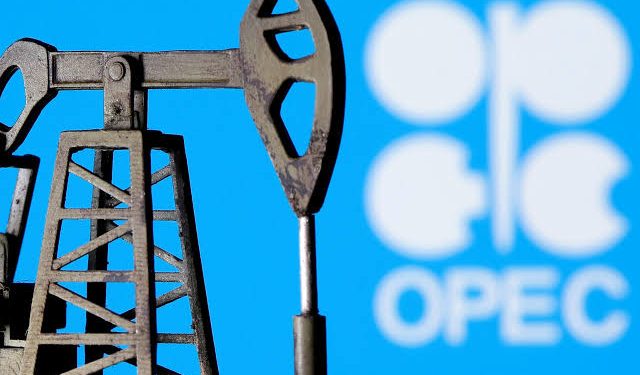Oil prices dropped to their lowest level in a week following a decision by OPEC+ to implement a significant output increase in September, raising fresh concerns about a global supply glut. This comes just as U.S. data revealed weaker-than-expected fuel demand, sparking doubts about consumption in the world’s largest oil market.
Brent crude futures fell by 43 cents to $69.24 per barrel, while U.S. West Texas Intermediate (WTI) crude declined by 48 cents to $66.85. Both benchmarks had earlier slumped by more than two percent and extended losses from Friday when they fell nearly three percent.
The decline followed OPEC+’s announcement to raise production by 547,000 barrels per day in September. This move, which aligns with market expectations, effectively reverses the group’s largest set of output cuts, previously totalling about 2.5 million bpd—roughly 2.4 percent of global demand.
Although the alliance of oil producers cited “strong market fundamentals” to justify the production boost, recent U.S. data paints a different picture. Government figures show gasoline demand in May—the start of the American summer driving season—was at its weakest since the pandemic lockdowns of 2020. At the same time, U.S. oil production hit a monthly record high, compounding fears of an oversupplied market.
Traders are now watching for further signs that OPEC+ might release additional volumes. The group still holds considerable spare production capacity, and speculation is growing ahead of its September 7 meeting, where further cuts could be reversed.
Goldman Sachs analysts project that the actual production increase since March by eight OPEC+ countries could reach 1.7 million bpd. This is partly due to output reductions by other members who had previously overproduced.
Amid these market shifts, Nigeria’s oil output is showing signs of recovery. According to the Nigerian Upstream Petroleum Regulatory Commission, the country produced over 1.8 million barrels per day in July, with current average daily output at 1.78 million bpd. This marks the highest level since November and is a crucial development for a country that depends on crude oil for over 80 percent of foreign exchange earnings and nearly two-thirds of government revenue. The Commission says it is working with industry players to sustain output and enhance transparency.
Meanwhile, geopolitical tensions also weighed on investor sentiment. U.S. President Donald Trump has announced plans to escalate tariffs on countries importing Russian oil. He threatened 100 percent secondary tariffs aimed at pressuring Russia to halt its war in Ukraine. India, one of Russia’s key buyers, has said it will continue imports despite these threats. According to analysts at ING, if Indian refiners comply with the tariffs and halt purchases, roughly 1.7 million barrels per day of crude supply could be at risk—adding a layer of uncertainty that helped cap further oil price losses.










